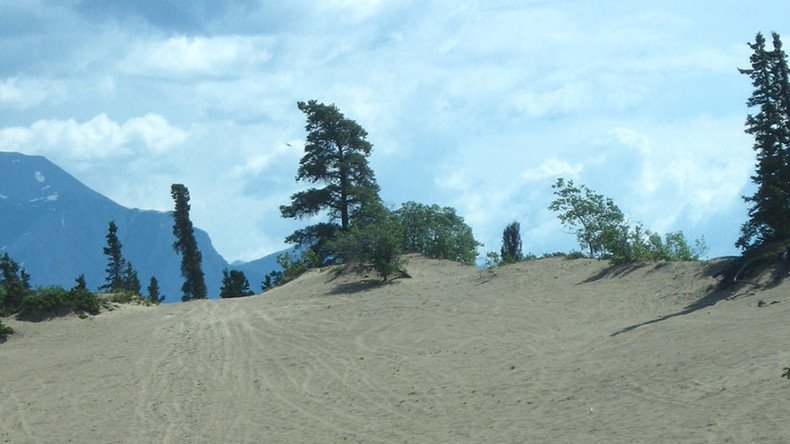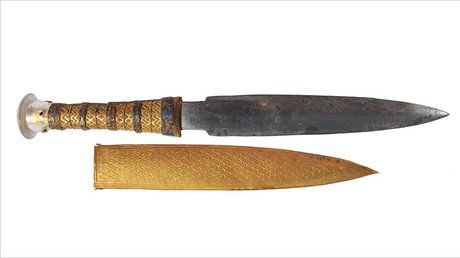Gold rush era horse head stolen from world’s smallest desert

Archaeologists in the Canadian Yukon are trying to solve the mystery of a headless horse skeleton which confronted them in the desert just hours after the entire body had been discovered by a passing driver.
It is assumed that the horse head was stolen before experts could arrive on the scene and archaeologists are anxious to see its return, deeming it a significant find.
The skeleton was spotted sticking out of the sand of the Yukon’s Carcross desert over the weekend, but within hours of its discovery the skull had vanished, according to CBC Yukon.
Archaeologists have previously found several ancient horse heads in the desert, which is considered to be the world’s smallest at just 1 sq mile (2.6 sq km).
They are particularly keen to recover this one, as it is estimated to date from the early 20th Century and they have been seeking a relatively modern horse skeleton like this to compare with ancient bones.
Greg Hare, an archaeologist with the Yukon government, says the gold rush era horse skeleton is “a real score” for the program and is urging whoever has the horse’s head to return it.
“If it was a local Yukoner who stumbled upon this Friday night and they did find the skull and took it home... we would love to get that skull back and make this a complete skeleton,” Hare told CBC Yukon.
Missing: Horse skull from Yukon's Carcross desert https://t.co/0NmazpstMf
— CBC North (@CBCNorth) May 30, 2016
The bones were spotted by a tour bus driver on Friday evening, who immediately alerted archaeologists to the find.
Yukon has many sites of archaeological significance and some of the earliest evidence of humans living in the North America has been found there.
In 1997 the discovery of ancient caribou dung led to the launch of the ice patch archaeology project, which has opened up a treasure trove of historical artifacts.
The caribou droppings had been frozen for thousands of years but, as the surrounding ice patches melted, the animal’s dung and tools used by its hunters came to light.
Among the items excavated by Hare and his team were 9,000-year-old wooden darts, a finely carved barbed antler projectile point from about 1,200 years ago, and a perfectly intact moccasin (a soft leather slipper originating from North American tribes) estimated to be 1,400 years old.













